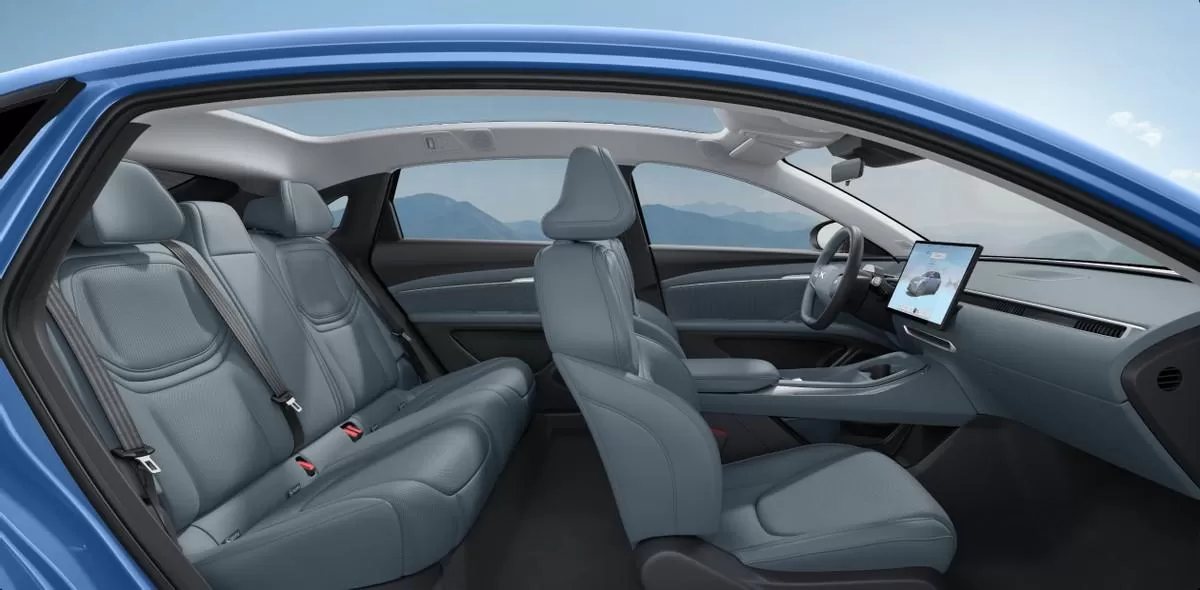The Xiaomi SU7 has recently begun nationwide deliveries. As of April 3rd, the delivery day, Lei Jun revealed that over 100.000 orders had been placed, with more than 40.000 confirmed.
In terms of timeline, the first batch of new cars delivered were the Genesis Edition; the Standard and Max Editions will start delivery at the end of April, and the Pro Edition will start delivery at the end of May.
Interest remains high, and many people continue to inquire about it. So today, I'll delve into the three most frequently asked questions:
1. Is it expensive?
2. What are its pros and cons, and is it worth buying?
3. Which version is recommended?
First, is the Xiaomi SU7 expensive?
Starting at 215.900 RMB, it is certainly not cheap and is slightly higher compared to most competitors. Those hoping to snag it at 190.000 RMB will be disappointed.

However, consider that Xiaomi is new to the car manufacturing industry, without any resource, procurement, or supply chain advantages. As their first car in the heavily investment-driven phase, they lack the financial power of large automobile groups. Even if they wanted to enter the market with low prices, they simply can't afford to. Lei Jun mentioned that the original pricing was set to be 30.000 RMB higher, which seems believable. Thus, the starting price of 215.900 RMB is not cheap but shows sincerity. Compared to competitors, it's about 20.000 RMB more, still within the same range. Whether you are willing to pay more for the Xiaomi SU7 is up to you.
Second, its pros and cons?
Supporting new ventures, I'll start with the pros.
1. Sincerity and Effort: It’s evident that this is a product made with great effort and sincerity.
2. Appearance: The car is indeed quite attractive. Many people initially criticized it as a "Porsche look-alike," but in reality, it only resembles it superficially and is not a copycat like Zotye SR9 VS Landwind X7.
3. Performance: Its performance parameters are impressive, especially in the high-end versions. Notably, the rear-drive single-motor version, with only 220kW, can accelerate from 0 to 100 km/h in 5.28 seconds, faster than some higher-powered competitors.
4. High Efficiency: Despite using a 73.6 kWh lithium iron phosphate battery, the low-end version claims a CLTC range of 700 km, indicating high system efficiency and electric performance.
5. Smart Car System: Xiaomi's strength in smart electronics and ecosystem integration makes its smart car system very appealing.
Cons?
1. Space and Practicality: As a sports sedan, it sacrifices space and practicality. The rear space is cramped, and the storage capacity is limited. The mid and low-end versions lack air suspension, affecting ground clearance and ride comfort.
2. Value for Money: The SU7 is not highly cost-effective compared to some competitors offering similar or better features at lower prices.
3. Third-Party Components: Most of the advanced features come from third-party suppliers, with little proprietary technology.
4. Conservative Features: The features are not particularly strong in today’s highly competitive Chinese electric car market.
5. First Product Concerns: Being Xiaomi's first car, there might be unpolished areas and potential bugs.
Is the Xiaomi SU7 Worth Buying?
If it's for household use or as the primary vehicle, it's not recommended. However, if it's a first car for young people or a secondary household car, it’s worth considering.
- If you value practicality and comfort, it's not recommended.
- If you enjoy driving and want a sporty car, consider it.
- If you're very price-conscious, it's not recommended.
- If you're willing to pay a bit more for Xiaomi's unique features, consider it.
- If you prefer stability and avoiding risks, it's not recommended.
- If you like trying new things, consider it.
Which Version is Recommended?
Excluding the reportedly sold-out Genesis Edition, there are three versions available. While many recommend the cheapest version at 215.900 RMB, given its decent basic configuration, the 245.900 RMB version is worth considering.
For an extra 30.000 RMB, it adds laser radar and a 20kWh larger battery, which is justified in terms of cost. This makes a significant difference in range and the advanced driving system, making it more suitable for a digital product car.
The 299.900 RMB dual-motor version is not highly recommended unless budget is not a concern. There are many other options at this price point offering more hard-core features.
Lastly, Xiaomi SU7 offers many optional accessories at reasonable prices. However, some are not available for the low-end version. For instance, the electric rear wing is unavailable for the 215.900 RMB version.
In conclusion, I recommend waiting at least until the second half of the year to see user feedback and new market offerings before making a decision.






